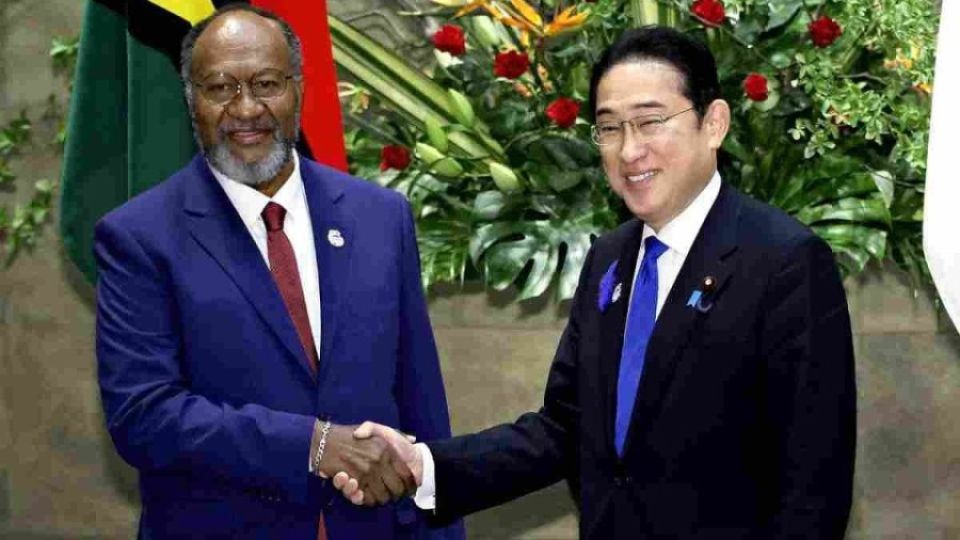September 6, 2024
QUEENSCLIFF – The Japanese and Australian governments pledged to establish a framework to support the development of telecommunications infrastructure for Pacific island nations in a joint statement adopted after foreign and defense ministers’ meeting, commonly known as the “two-plus-two,” in Queenscliff near Melbourne on Thursday.
This move is aimed at countering China’s assertive maritime expansion.
Under the new framework — called the Japan-Australia pacific digital development initiative — both countries will provide funding and technology to support projects such as the installation of submarine cables for telecommunications.
These cables are potentially vulnerable to data extraction or disruption, and with China’s growing influence, Japan and Australia feel that Pacific island nations should avoid relying on Chinese-made cables. Additionally, the two countries plan to accelerate efforts to support the strengthening of cybersecurity.
The joint statement also confirms the upgrade of the Japan-Australia Economic Security Dialogue, taking into account China’s use of economic coercion. Japan and Australia have previously conducted working-level discussions on economic security, but the dialog will take place at a higher level, aiming to explore more concrete and practical bilateral cooperation.
The statement strongly opposes unilateral attempts to alter the status quo in the East and South China Seas, and emphasizes the further deepening of security cooperation to strengthen deterrence and response capabilities.
Specifically, Japan will dispatch a liaison officer from the Self-Defense Forces’ Joint Staff Office to the Australian Headquarters Joint Operations Command. This is in preparation for the launch of SDF’s joint operations command later this fiscal year, with the aim of enhancing operational coordination between the SDF and Australian military. The dispatch of the liaison officer is expected to begin as early as November.
Furthermore, the statement confirms that Japan will work with Australia on specifying ways to help enhance its counterstrike capabilities, which includes developing the ability to strike enemy missile launch sites. This cooperation will likely include training in Australia for launching U.S.-made Tomahawk cruise missiles, which Japan plans to introduce to the SDF.
The two-plus-two meeting was attended by Japanese Foreign Minister Yoko Kamikawa and Defense Minister Minoru Kihara, and by Australian Foreign Minister Penny Wong and Deputy Prime Minister and Defense Minister Richard Marles.

